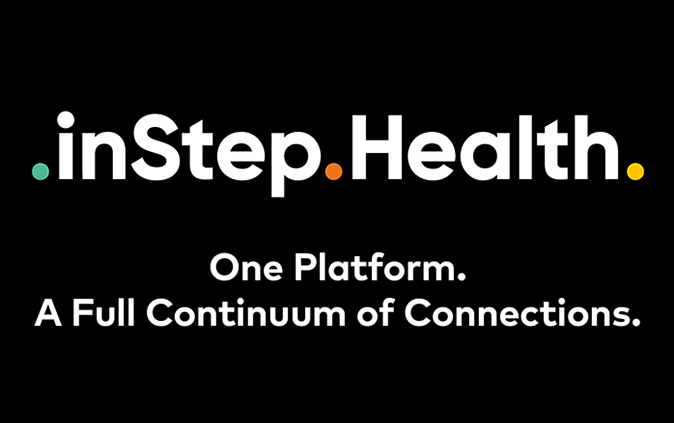“Visits to physician offices and other health care practices, which had fallen 60 percent by early April, have now rebounded and plateaued at 10 percent below prepandemic levels,” found the latest wave of research from the Harvard University, Phreesia, and the Commonwealth Fund. In-office visits are still showing a decline, even among those states which saw a surge in cases during the June and July months. However, these declines are still smaller than that of the early days of the pandemic.
Several hot spots states – including early-opening ones such as Arizona, Florida, and Texas – recorded an increase in telemedicine visits, but only a slight decrease in overall visits. “Practices in these states appear to have maintained most of their visit volume by increasing telemedicine visits and creating new safety protocols for in-person visits.”

Telemedicine use peaked in mid-April. While it has shown a decline and its current adoption has plateaued, it is still being used at a “substantially higher rate than prior to the pandemic” the report notes.
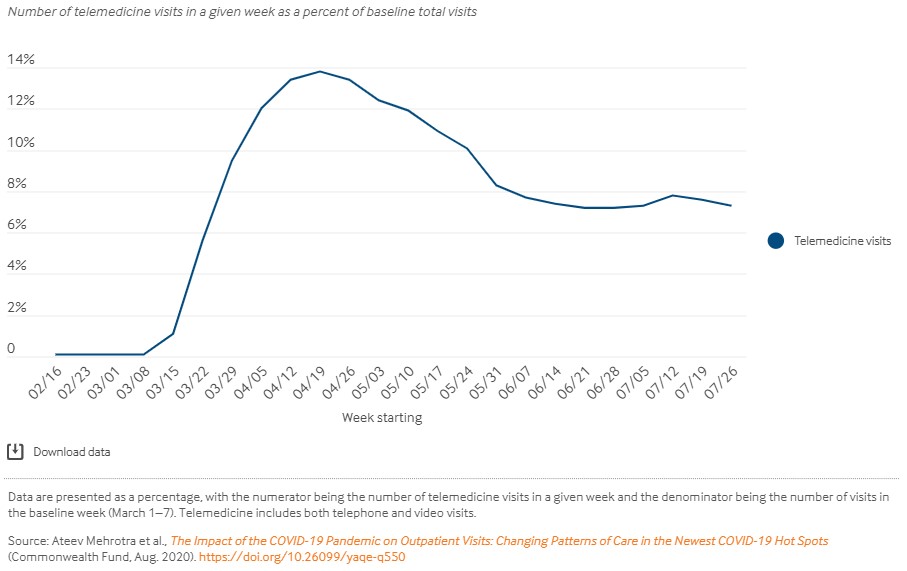
The research continued to find a large difference in visit patterns between adults and children, with adults still outpacing children. Those aged 18-64 years old showed a -4% change in visits (the smallest percent change for the week starting 7/26/2020), while children ages 3-5 represented the largest percent change at -36%. Children ages 0-2 were tracked at -32%; ages 6-17 recorded a -17%; and those aged 65-74 and 75+ both came in with a -9% each in visits.
Initial data findings were published in April 2020, with this research partnership team providing monthly updates to track trends in outpatient office visits. Click here to view more of the findings – including what impacts insurance type has had on visit rebounds and the adoption of telemedicine by Federally Qualified Health Centers (FQHC) and non-FQHC.

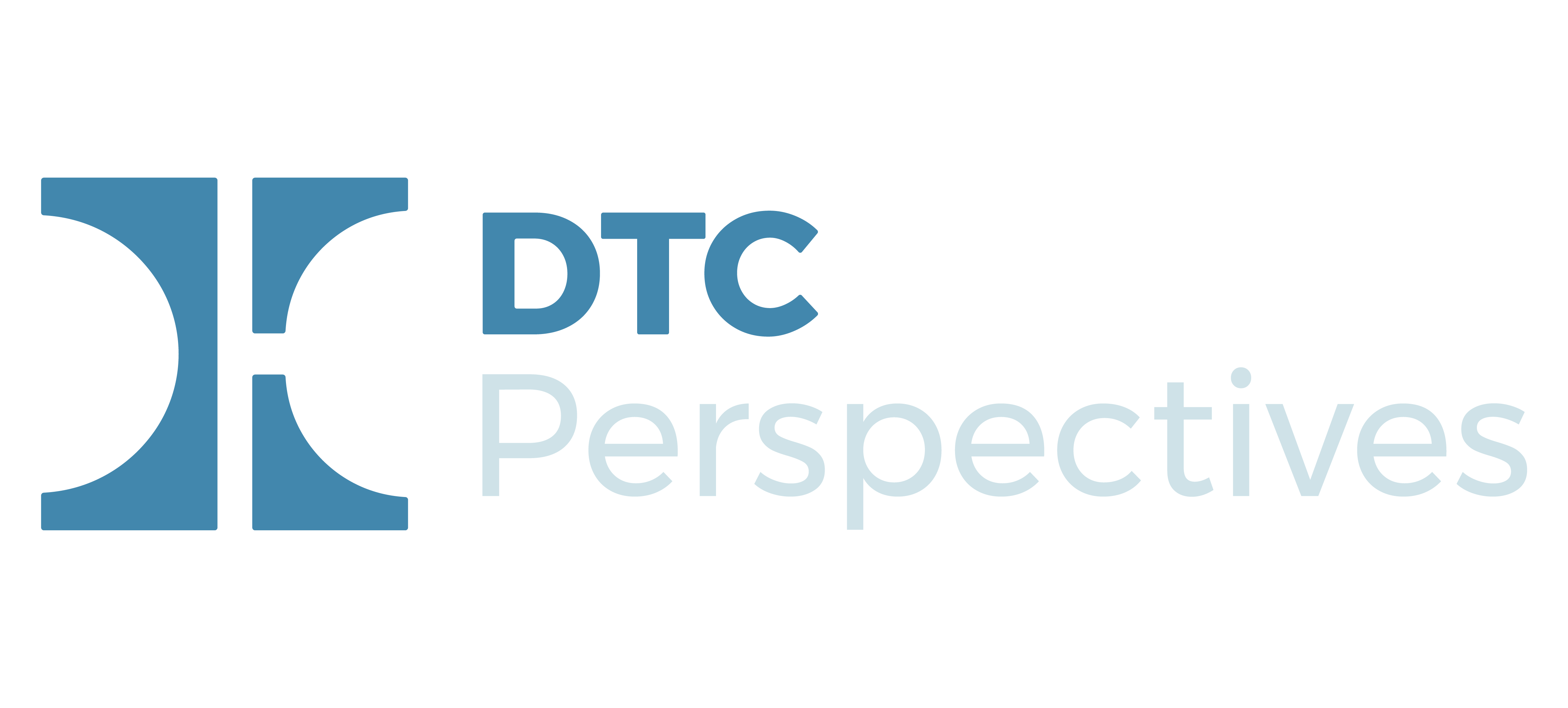

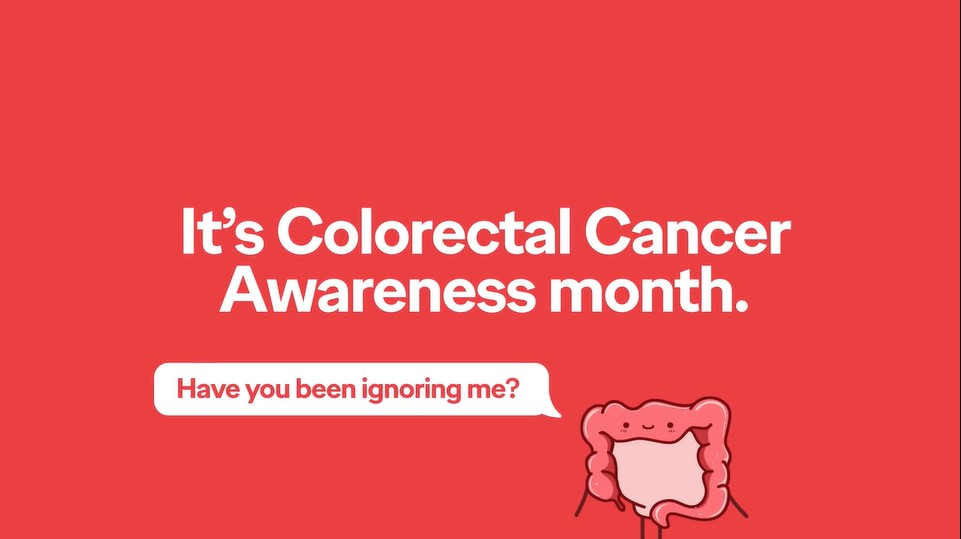

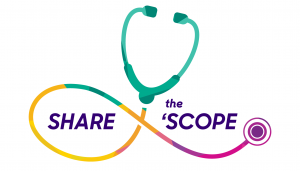

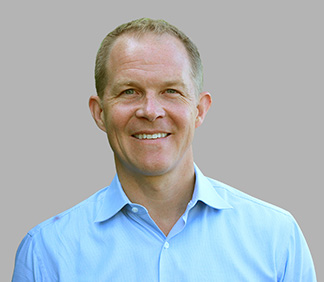
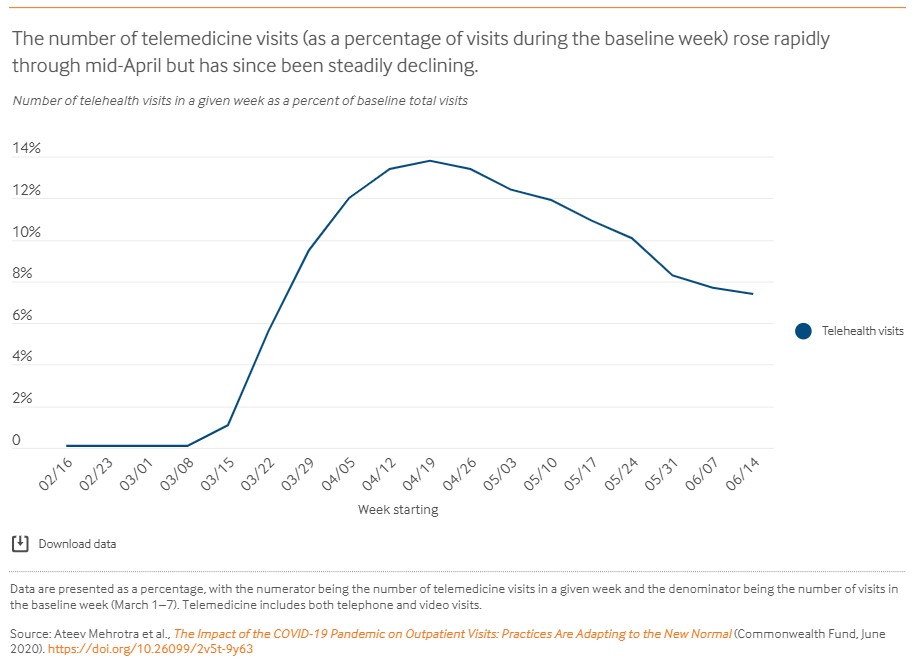
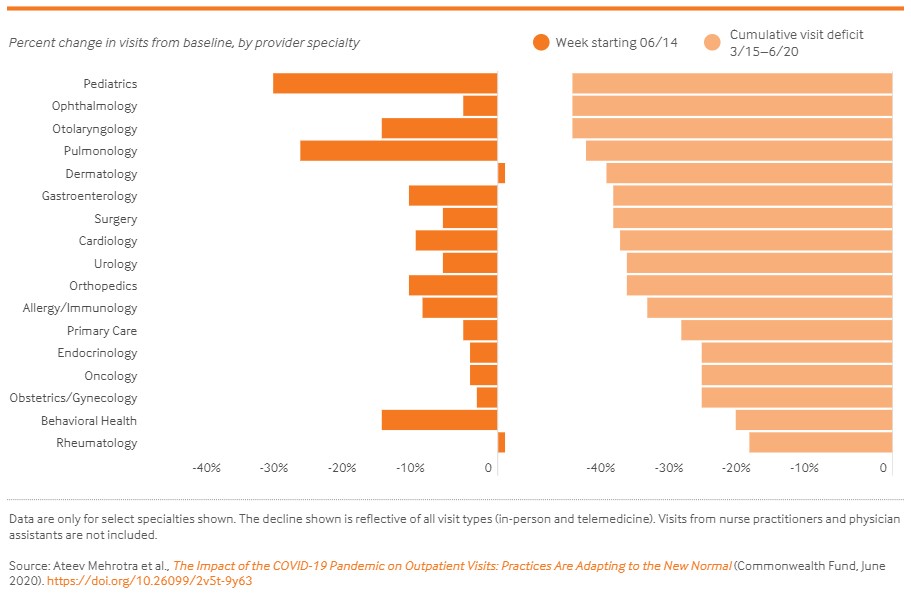
 A federal appeals court struck down the pricing disclosure rule for DTC advertising on June 16th. The US Court of Appeals for the District of Columbia Circuit
A federal appeals court struck down the pricing disclosure rule for DTC advertising on June 16th. The US Court of Appeals for the District of Columbia Circuit 
